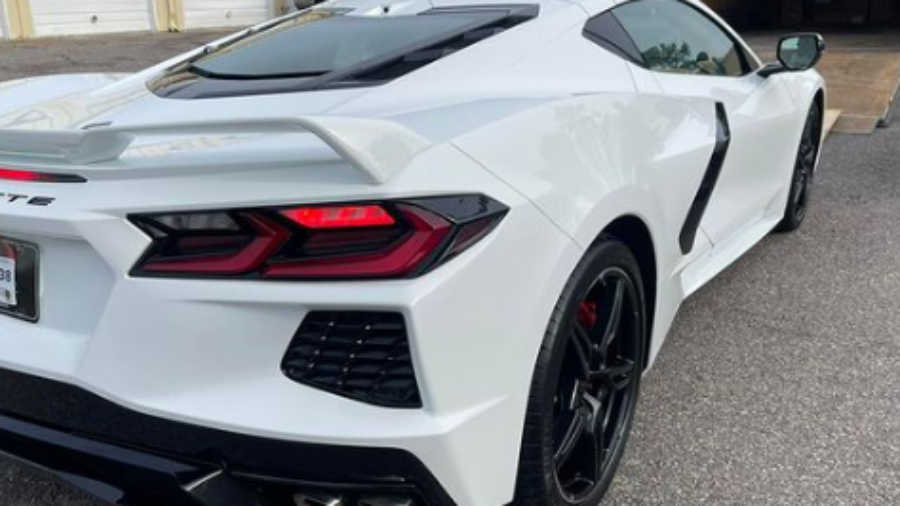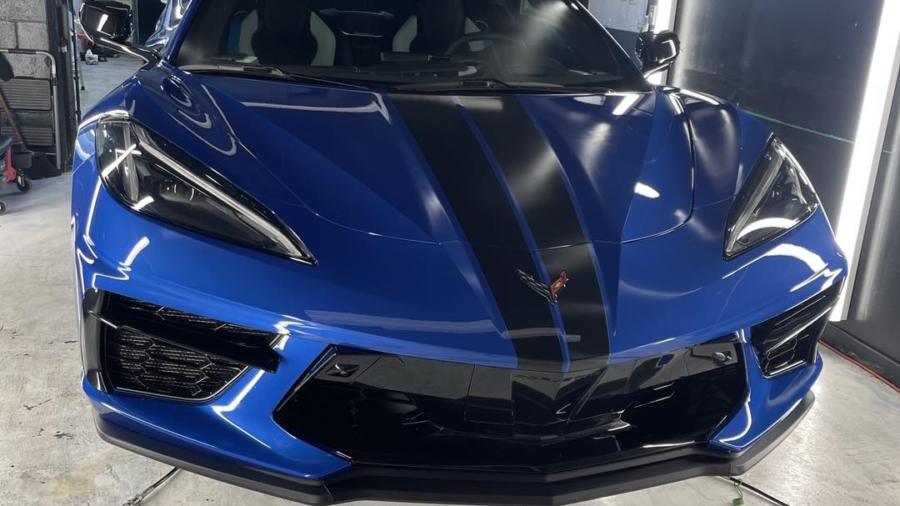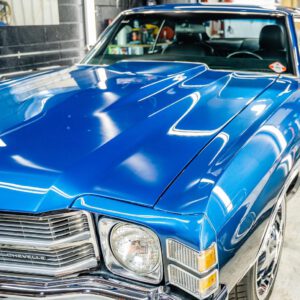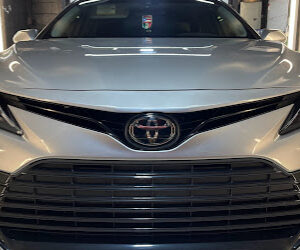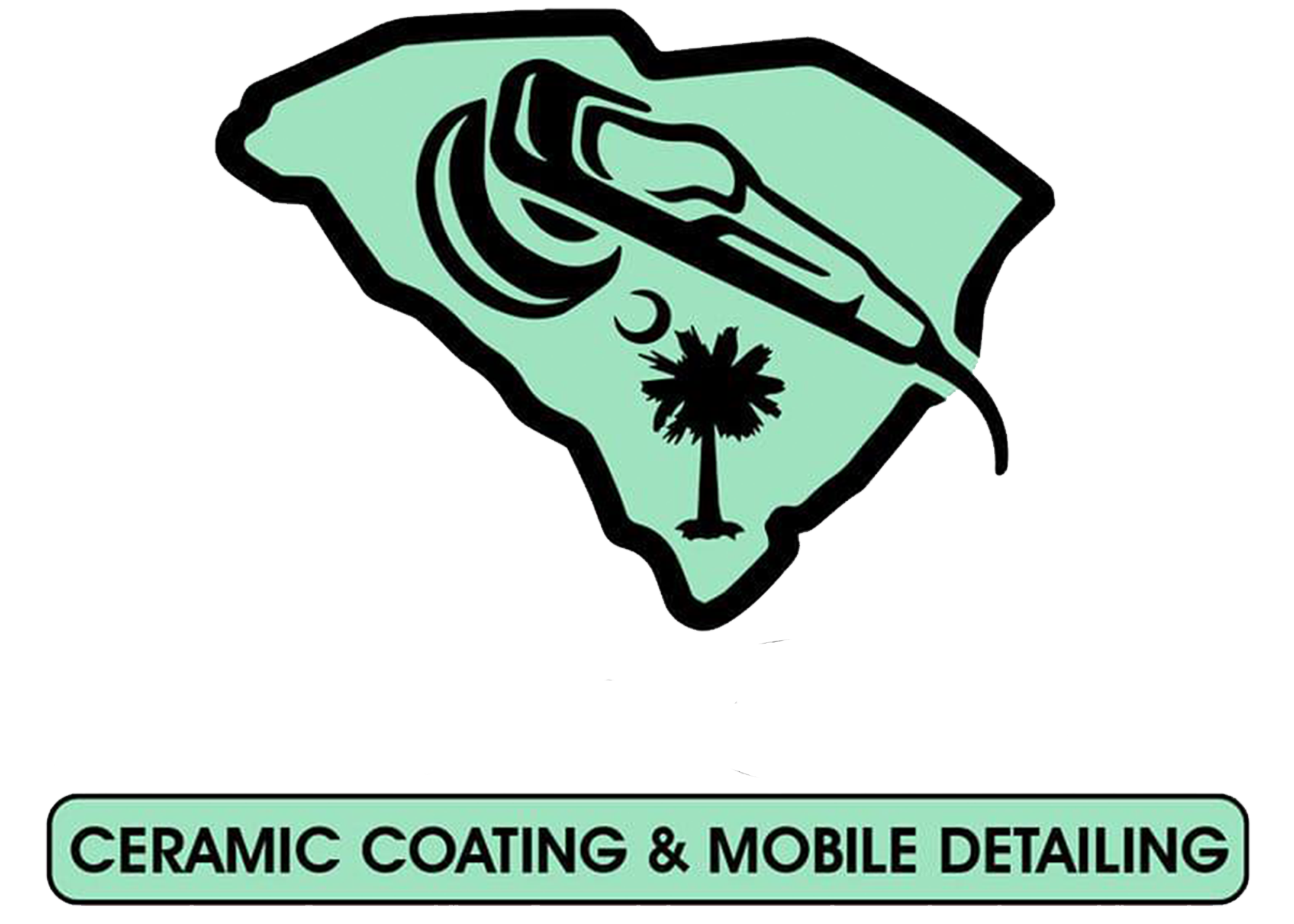Auto detailing Beaufort SC is more than just a routine car wash. It is an art that transforms a vehicle into a showroom-worthy masterpiece. The meticulous process involves cleaning, polishing, and protecting both the interior and exterior of a car to restore its original beauty and enhance its overall appearance. In this article, we will delve into the secrets of auto detailing, providing you with a step-by-step guide to achieve a showroom-worthy finish.
What is Auto Detailing?
Auto detailing is a thorough cleaning process that goes beyond a regular car wash. It involves meticulous cleaning, polishing, and protecting every part of a vehicle, including the exterior paint, wheels, tires, glass, interior surfaces, and upholstery. The aim is to rejuvenate the car’s appearance and maintain its value by removing dirt, stains, scratches, and imperfections.
Importance of Auto Detailing

Auto detailing is not just about making your car look good; it also offers several practical benefits. It helps protect the vehicle’s paintwork from environmental contaminants such as dirt, road grime, and pollutants. Detailing can remove minor scratches, swirl marks, and oxidation, restoring the paint’s shine and gloss. A well-detailed car has a higher resale value, as it gives the impression that the vehicle has been well-maintained.
Step-by-Step Guide to Auto Detailing
Gathering the Necessary Supplies
Before you begin the car detailing Beaufort SC process, it is essential to gather all the necessary supplies. This includes high-quality car wash soap, microfiber towels, brushes, wheel cleaners, glass cleaners, clay bars, polish, wax, and interior cleaning products. Having the right tools and products will ensure a professional finish.
Exterior Detailing
Start by washing the car thoroughly with a car wash soap and a microfiber mitt, ensuring you clean every surface, including the wheels and tires. Once the car is clean, use a clay bar to remove any embedded contaminants on the paint surface. Next, polish the paint using a dual-action polisher to remove swirl marks and fine scratches. Finally, apply a high-quality carnauba wax or paint sealant to protect the paint and give it a brilliant shine.
Interior Detailing
Begin by vacuuming the interior to remove loose dirt and debris. Clean the dashboard, door panels, and other surfaces using appropriate interior cleaning products. Pay special attention to the seats and carpets, using a carpet cleaner or upholstery shampoo to remove stains. Use a glass cleaner to clean the windows and mirrors, leaving no streaks behind.
Polishing and Waxing
After the exterior and interior detailing, consider polishing the windows and applying a protective sealant. Polishing the windows will remove any haze or scratches, while the sealant will protect the glass from dirt and water spots.

Common Mistakes to Avoid
While auto detailing can produce remarkable results, some common mistakes should be avoided. One of the most significant mistakes is using improper cleaning techniques or products, which can damage the car’s paintwork or interior surfaces. It is crucial to use high-quality products and follow proper procedures to achieve the best results. Rushing through the process or skipping important steps can also lead to subpar outcomes.
Tips for Maintaining a Showroom-Worthy Finish
To maintain a showroom-worthy finish after detailing your car, consider these tips:
Wash your vehicle regularly using a gentle car wash soap and microfiber mitt.
Dry the car thoroughly to prevent water spots.
Apply a protective wax or sealant every few months.
Park your car in shaded areas or use a car cover to protect it from the sun’s harmful rays.
Avoid using abrasive materials or harsh chemicals when cleaning the interior.
By following these tips, you can extend the longevity of your auto detailing efforts and keep your car looking pristine.
Auto detailing is an art that transforms a vehicle into a stunning masterpiece. By following a step-by-step guide and avoiding common mistakes, you can achieve a showroom-worthy finish. Remember to gather the necessary supplies, meticulously clean both the exterior and interior, and protect the surfaces with high-quality products. By maintaining your car properly, you can enjoy the pride and satisfaction of driving a vehicle that looks as good as new.
Frequently Asked Questions (FAQs):
Can I detail my car at home or hire a professional?
Auto detailing can be done at home if you have the necessary tools and products. Hiring a professional detailer can ensure a higher level of expertise and a more precise finish.
How often should I detail my car?
It is recommended to detail your car at least twice a year. More frequent detailing might be required if you reside in a region with severe weather or frequently travel in difficult terrain.
Can auto detail remove deep scratches and paint chips?
Auto detailing can improve the appearance of minor scratches and swirl marks, but it may not be able to remove deep scratches or paint chips. In such cases, you may need to consult a professional body shop for repairs.
What is the difference between wax and sealant?
Wax and sealant are both used to protect the car’s paint. Wax provides a warm, deep shine and is easy to apply, while sealant offers longer-lasting protection against the elements.
Can auto detailing remove odors from the interior of the car?
Yes, professional interior detailing can help remove odors from the car by deep cleaning the surfaces and using specialized products designed for odor elimination.

